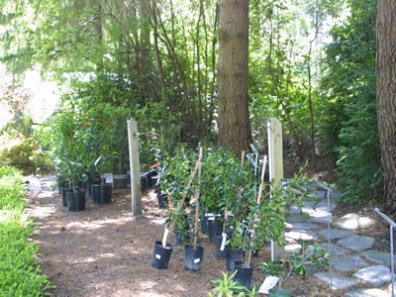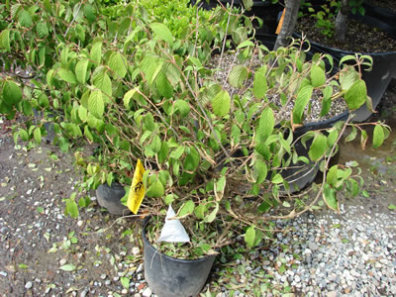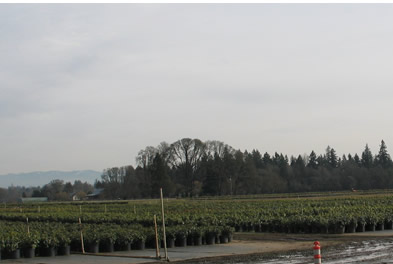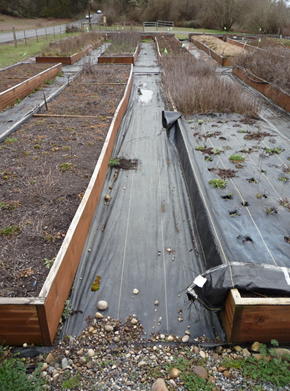Sudden Oak Death
Managing Phytophthora diseases in the nursery
Plants photo gallery
| Confirm that nursery stock is purchased from a licensed, certified shipping nursery or that material is propagated on-site. | |
| Inspect all incoming nursery stock (buy-ins, transfers, and returns) prior to introduction into the nursery facility. Avoid mixing incoming plants with existing stock until plants have been examined for disease symptoms by trained personnel. |  |
| For buy-ins of high risk plants, suspend the use of Phytophthora specific fungicides on 10% or 100 plants, whichever is smaller, for a 2 month period. This will show if fungicides used by the seller were suppressing symptoms prior to purchase.High risk plants for P. ramorum include rhododendron, camellia, pieris, kalmia, and viburnum. |  |
| Arrange plants to minimize damage caused by P. ramorum should it enter the nursery.Avoid mixing high-risk genera (Rhododendron, Camellia, and Viburnum) with other host and non-host plants. It is recommended to keep a 2 meter break between high risk plants and other material. |  |
| Manage weeds on the nursery site as they could serve as alternate hosts for diseases or be potential reservoirs for disease organisms. |  |
| Back to Managing Phytophthora diseases in the nursery | |
